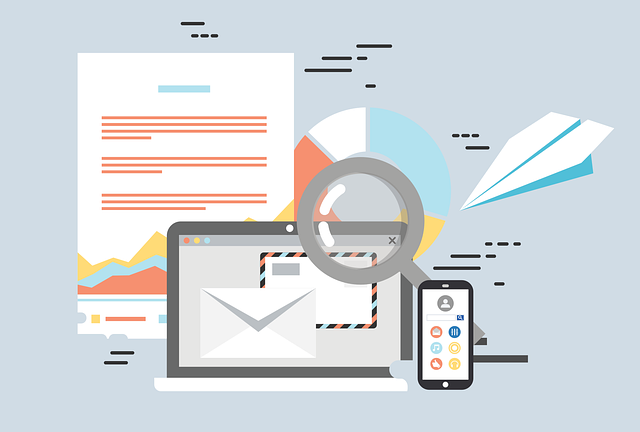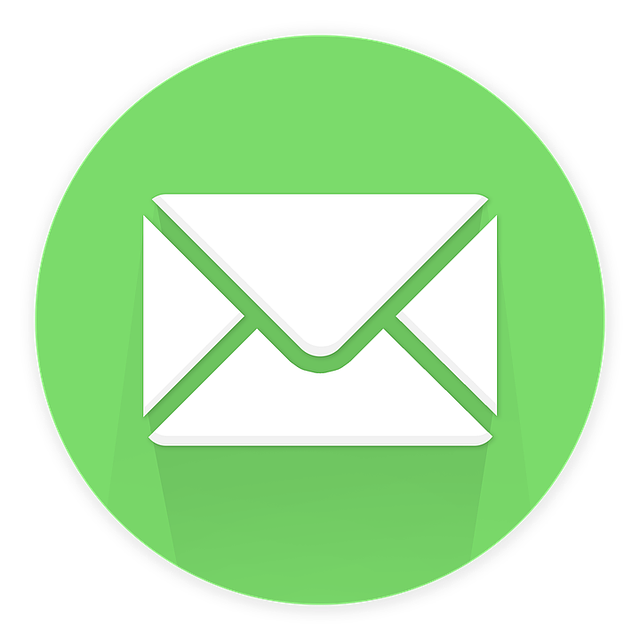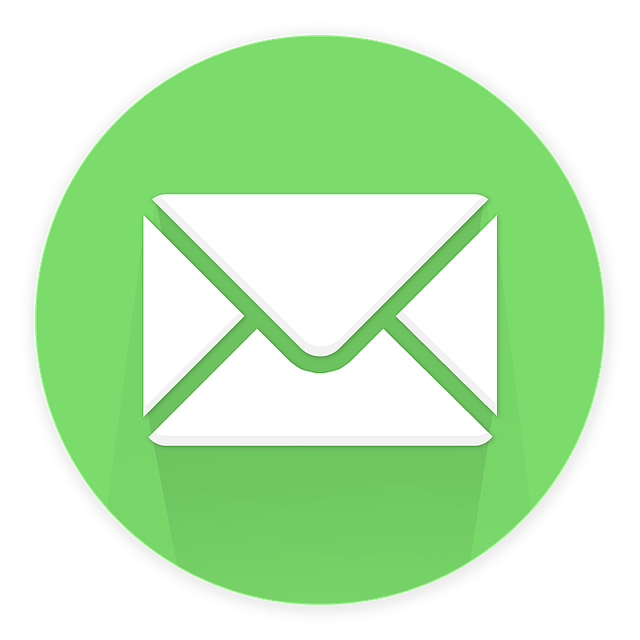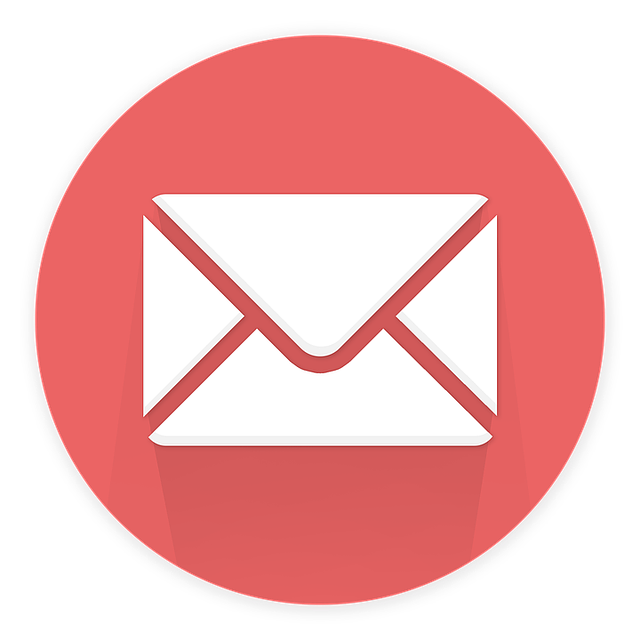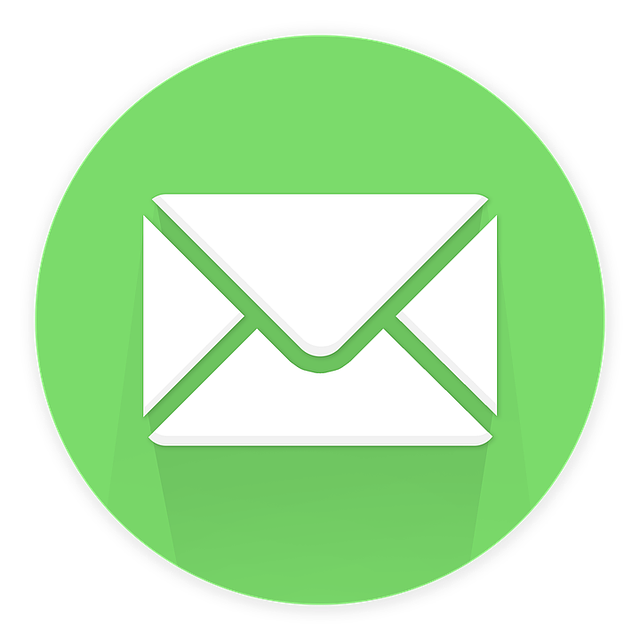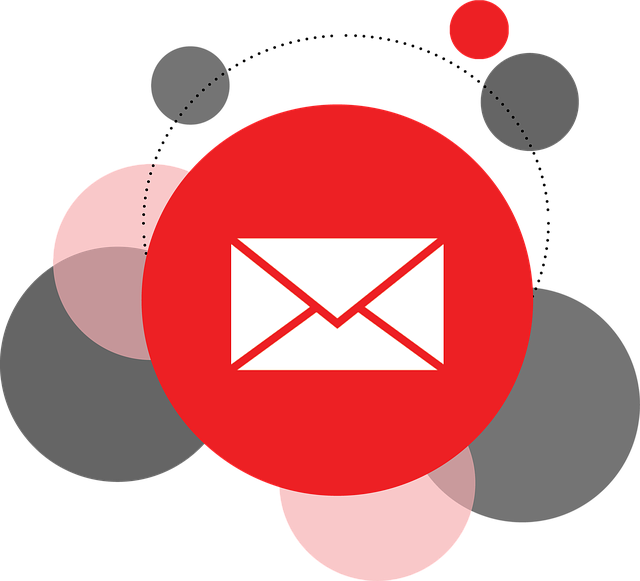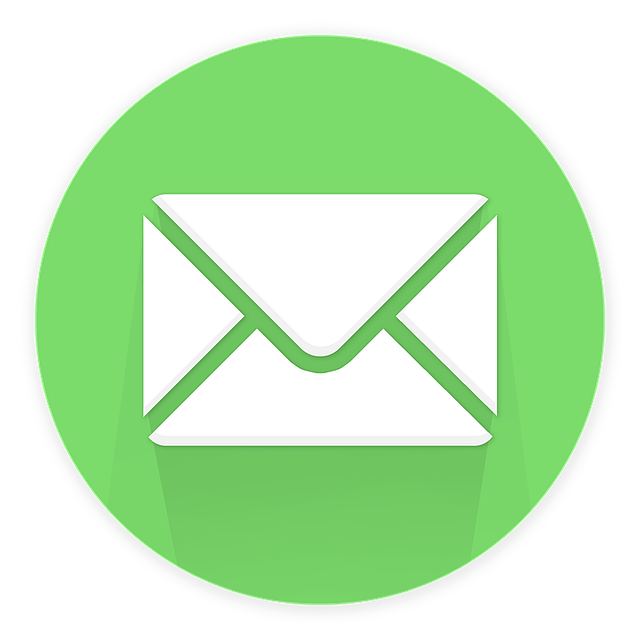You may be thinking, ‘Why do I need email marketing automation in the automotive sector?’ Well, let me paint a picture for you. Imagine having the ability to reach thousands of potential customers effortlessly, with personalized, data-driven email campaigns.
Picture your leads being nurtured automatically, guiding them through the sales funnel without lifting a finger. Envision triggering emails based on customer behavior, increasing engagement and conversions.
And what if you could incorporate valuable customer feedback to refine your strategies and improve your ROI?
In this ultimate guide to email marketing automation in the automotive sector, we will show you how to achieve all of this and more. We’ll delve into the importance of personalization, the power of lead nurturing, and the effectiveness of behavioral triggers.
We’ll explore how to incorporate customer feedback into your campaigns and provide you with valuable insights on measuring and analyzing your results. Plus, we’ll discuss how integrating with CRM systems can take your email marketing to the next level.
Get ready to revolutionize your automotive marketing efforts with email automation.
Key Takeaways
- Email marketing automation in the automotive sector allows for effortless reach to potential customers with personalized, data-driven email campaigns.
- Segmentation strategies divide the audience based on preferences, behaviors, and demographics, increasing engagement and conversion rates.
- A/B testing optimizes email campaigns by testing subject lines, content, and call-to-action buttons to identify what resonates best with the audience.
- Leveraging insights from data can optimize email campaigns for higher conversions and engagement.
Personalize Your Email Campaigns
You can create email campaigns that feel like a personalized car shopping experience, with tailored recommendations and special offers just for you.
By implementing segmentation strategies, you can divide your audience into different groups based on their preferences, behaviors, and demographics. This allows you to send targeted emails to each segment, increasing the chances of engagement and conversion.
A/B testing is another powerful tool you can use to optimize your email campaigns. By testing different subject lines, content, and call-to-action buttons, you can identify what resonates best with your audience and improve your email performance.
By personalizing your email campaigns and using segmentation strategies and A/B testing, you can deliver relevant content to your subscribers, increasing their engagement and ultimately driving more sales.
Implementing lead nurturing strategies is the next step in creating a successful email marketing automation campaign.
Implement Lead Nurturing Strategies
Transform your leads into loyal customers by implementing lead nurturing strategies that will skyrocket your sales and leave your competitors in the dust.
To effectively nurture your leads, consider implementing lead scoring, a process that assigns a numerical value to each lead based on their level of engagement and likelihood to convert. This allows you to prioritize your efforts and focus on leads with the highest potential.
Additionally, using marketing automation tools can help streamline your lead nurturing process by automating repetitive tasks and sending personalized messages at the right time. This not only saves you time and effort but also ensures consistent and relevant communication with your leads.
Lastly, don’t forget to regularly analyze and optimize your lead nurturing strategies based on data and feedback to maximize your results. By using these strategies, you can create a highly effective lead nurturing system that drives conversions and ultimately boosts your bottom line.
Now, let’s explore how to use behavioral triggers to further enhance your email marketing automation.
Use Behavioral Triggers
Discover how to leverage behavioral triggers to enhance your email marketing automation and captivate your audience with personalized and timely messages.
Behavioral segmentation allows you to understand your customers’ actions and preferences, enabling you to send targeted emails that resonate with their specific interests.
By analyzing data such as website visits, clicks, and purchase history, you can identify behavioral patterns and create automated email campaigns that engage customers at the right time.
For example, if a customer abandons their shopping cart, you can set up an automated email to remind them and offer a discount. This level of personalization increases the likelihood of conversion and builds customer loyalty.
Incorporating customer feedback is another crucial aspect of refining your email marketing strategy and ensuring its effectiveness.
Incorporate Customer Feedback
Immerse yourself in the valuable insights provided by customer feedback, allowing you to fine-tune your email marketing strategy and create a truly personalized experience. By incorporating customer feedback, you can enhance customer satisfaction and build a strong feedback loop that continuously improves your email marketing automation in the automotive sector.
Here are four ways to leverage customer feedback:
- Collect feedback through surveys and polls to understand your customers’ preferences and expectations.
- Analyze customer responses to identify trends and patterns, enabling you to tailor your email content to their specific needs.
- Use feedback to segment your audience and send targeted emails that resonate with each customer segment.
- Implement changes based on customer suggestions and track the impact on engagement and conversions.
By actively incorporating customer feedback into your email marketing automation, you can ensure that your campaigns deliver relevant and valuable content to your audience.
In the next section, we will explore how to measure and analyze the results of your email marketing efforts.
Measure and Analyze Results
To measure and analyze the results of your email marketing campaigns, you need to track important metrics. These metrics include email open rates, click-through rates, and conversions. By monitoring these metrics, you can gauge the effectiveness of your campaigns. This will allow you to make data-driven decisions to optimize future email campaigns.
Use the insights gleaned from the data to refine your strategies. Improve engagement and ultimately drive more conversions.
Track email open rates, click-through rates, and conversions
Monitoring email open rates, click-through rates, and conversions is crucial for evaluating the effectiveness of your email marketing campaigns in the automotive sector. By tracking these metrics, you can gain valuable insights into how well your emails are performing and make data-driven decisions to optimize future campaigns.
Here are two key reasons why monitoring these metrics is important:
-
Email segmentation: Tracking open rates, click-through rates, and conversions allows you to see how different segments of your audience are responding to your emails. This data can help you identify which segments are most engaged and tailor your email content accordingly.
-
A/B testing: By comparing the performance of different email variations, you can determine what resonates best with your audience. Tracking open rates, click-through rates, and conversions enables you to measure the impact of each variation and make informed decisions about which elements to optimize.
By analyzing these metrics, you can use data to optimize future email campaigns and improve your overall marketing strategy in the automotive sector.
Use data to optimize future email campaigns
By analyzing these metrics, you can spot trends and patterns to fine-tune your future email campaigns and level up your marketing game in the automotive industry. Segmentation strategies and A/B testing techniques play a crucial role in optimizing your email campaigns. By segmenting your audience based on demographics, behavior, and preferences, you can personalize your email content and increase engagement. A/B testing allows you to test different elements of your emails, such as subject lines, call-to-action buttons, and visuals, to determine what resonates best with your audience.
To illustrate the impact of these strategies, consider the following data:
| Metric | Variation A | Variation B | Conversion Rate |
|---|---|---|---|
| Subject Line | "Exclusive Offer" | "Limited Time Deal" | 8% |
| Call-to-Action Button | Blue | Red | 12% |
| Visuals | Car Image | Road Image | 10% |
By leveraging these insights, you can optimize your email campaigns to drive higher conversions and engagement. In the next section, we will explore how to integrate email marketing automation with CRM systems seamlessly.
Integrate with CRM Systems
Incorporating CRM systems into your email marketing automation strategy ensures seamless customer engagement, elevating your automotive business to new heights. By integrating your email marketing platform with a CRM system, you gain access to a wealth of customer data that can be used to optimize your email campaigns.
CRM integration benefits include the ability to track customer interactions, segment your audience based on their preferences and behaviors, and personalize your email content for maximum impact. Additionally, a well-selected CRM system can provide valuable insights into customer purchasing patterns, allowing you to tailor your email marketing efforts to meet their specific needs.
With the right CRM integration, you can streamline your email marketing processes and deliver highly targeted, relevant content that drives conversions and boosts customer loyalty.
Frequently Asked Questions
How can I ensure that my email campaigns in the automotive sector are personalized?
To ensure personalized email campaigns in the automotive sector, you can implement effective personalization strategies and targeting techniques.
Start by segmenting your audience based on their preferences, purchase history, or demographics.
Use dynamic content to tailor your messages to each segment, including their name, location, or specific vehicle interests.
Leverage automation tools to send timely, relevant emails based on customer behavior and interactions.
By delivering highly personalized content, you can increase engagement, conversions, and ultimately drive more sales.
What are some effective lead nurturing strategies that can be implemented in email marketing?
To effectively nurture leads in email marketing, implement lead scoring and automated drip campaigns.
Lead scoring helps prioritize leads based on their level of interest and engagement, allowing you to focus on the most promising prospects.
Automated drip campaigns send a series of targeted emails based on predefined triggers, ensuring timely and relevant communication.
By combining these strategies, you can deliver personalized content, strengthen customer relationships, and increase conversion rates in your email marketing campaigns.
Can you provide examples of behavioral triggers that can be used in email marketing for the automotive sector?
Behavioral triggers in email marketing for the automotive sector can be like a GPS guiding customers towards their desired destination.
Abandoned cart reminders can nudge potential buyers who left without completing a purchase, reminding them of the vehicle they were interested in.
Personalized vehicle recommendations based on browsing history can offer tailored suggestions, making customers feel understood and increasing the likelihood of a purchase.
These strategies leverage customer behavior to create targeted and effective email campaigns.
How can customer feedback be incorporated into email marketing campaigns in the automotive sector?
To incorporate customer feedback into your email marketing campaigns in the automotive sector, start by using customer surveys or feedback forms to gather valuable insights.
Analyze this data to identify trends and preferences.
Leverage social media to engage with customers and gather feedback in real-time.
Implement AI technology to personalize your emails based on customer preferences and behaviors.
By integrating customer feedback into your email campaigns, you can create more targeted and relevant content that resonates with your audience.
What are some key metrics and analytics that should be considered when measuring the success of email marketing campaigns in the automotive sector?
When measuring the success of your email marketing campaigns in the automotive sector, there are several key metrics and analytics to consider.
Start by analyzing your open rates to see how many recipients are engaging with your emails.
Click-through rates will show how many people are taking action after opening your emails.
Conversion rates reveal how many recipients are making purchases or taking desired actions.
Additionally, tracking unsubscribe rates can help you gauge the effectiveness of your campaigns and make necessary adjustments.
Conclusion
Congratulations! You’ve now embarked on a journey towards email marketing automation in the automotive sector, unlocking the true potential of your campaigns.
By personalizing your emails, implementing lead nurturing strategies, and utilizing behavioral triggers, you’ve got the power to rev up your customer engagement.
Don’t forget to incorporate customer feedback and measure your results to fine-tune your approach.
With the integration of CRM systems, you’ll be cruising towards success, leaving your competitors in the dust.
Buckle up and enjoy the ride!

